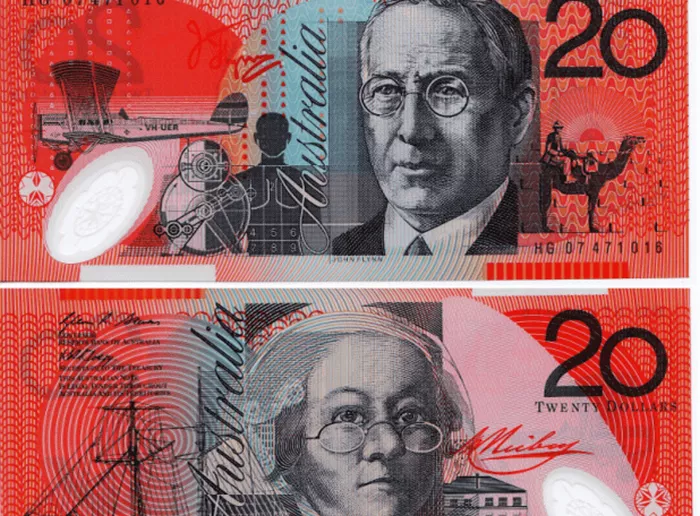AUD/USD attracted some buyers on Monday, recouping some of Friday’s losses and falling to the 0.6455 area, its lowest level since February 14. Meanwhile, AUD/USD showed little reaction to the latest geopolitical developments, trading around 0.6470-0.6475 during the Asian session, but appears to be struggling to achieve significant gains.
Iran launched explosive drones and missiles at Israel late on Saturday in retaliation for a suspected Israeli attack on its consulate in Syria earlier this month, raising the risk of further escalation in the Middle East conflict. However, the market remains relatively calm, as evidenced by the overall positive tone in U.S. equity futures, which has also been a key factor in the risk asset Australian dollar (AUD) gaining some support. On the other hand, the US dollar stabilized near its highest level since early November on the back of hawkish expectations from the Federal Reserve (Fed) and capped AUD/USD’s upside.
Data released by the United States last week did little to alleviate market concerns about still-strong inflation, but instead strengthened market expectations that the Federal Reserve will delay cutting interest rates this year. Additionally, a series of speeches by influential Fed officials forced investors to push back expectations that the Fed would initiate rate cuts from June to September. The prospect has kept U.S. Treasury yields higher, near last week’s peak for the year, and coupled with continued geopolitical tensions, should support the safe-haven dollar. Therefore, caution is also warranted before confirming a bottom for the AUD/USD pair in the short term.


